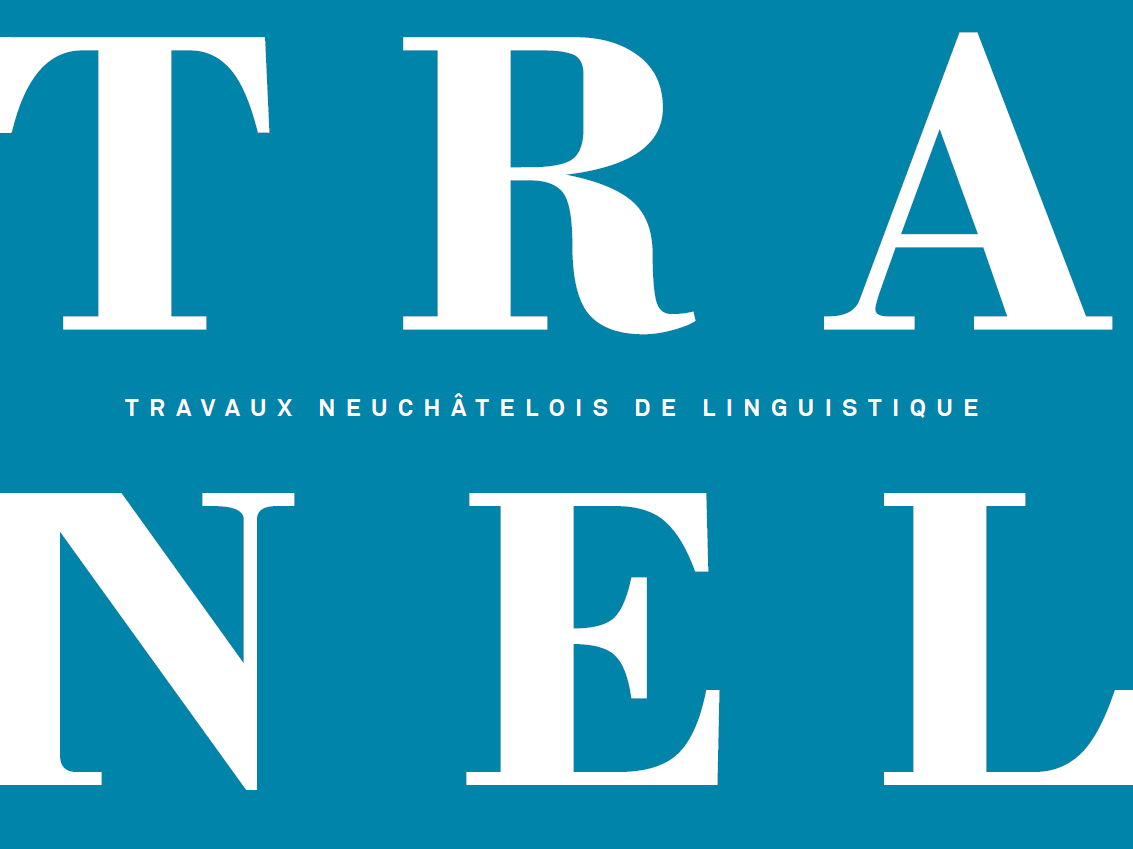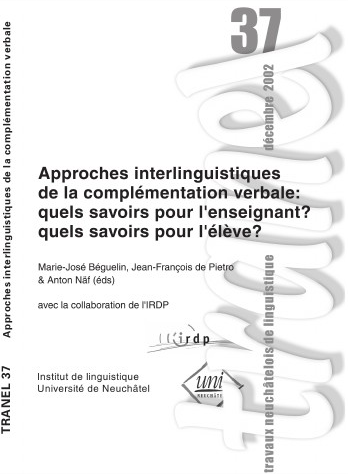La complémentation verbale: petite introduction aux valences verbales
DOI:
https://doi.org/10.26034/tranel.2002.2695Abstract
This paper gives a brief introduction to the question of verbal complementation, within the framework of Verbal Valency theories. Verb complements are analyzed as morpho-syntactic and semantic elements, in which grammatical categories and constructions clearly determine verbal meanings. Complements are entirely different according to the differents verbal types they are assigned to: GIVE verbs, SAY verbs, KNOW verbs, WANT verbs, and so on. Pronouns, rather than lexical nouns, are used in order to check the grammaticality of associations between verbs and complements.
A brief survey is given of verbal sub-types behaving like auxiliaries, modal verbs or «support verbs», and having no valency grammar, and thus no complements.
An important difference is proposed between understanding the meaning of a verb in a given text and building up the meaning of a verb, as lexicographs usually do, by gathering out its different significations in different contexts.


